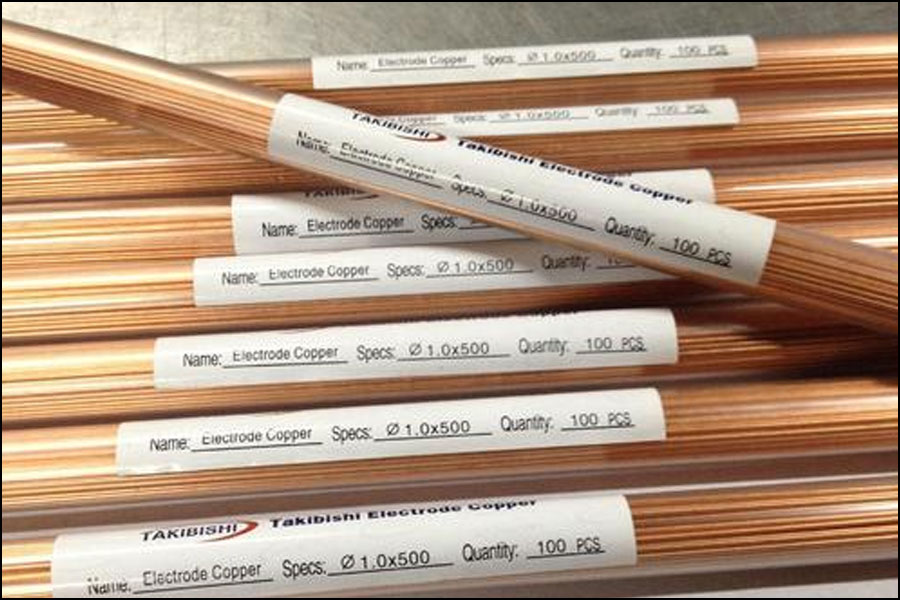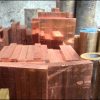
The impact of original data
- 1. The influence of chemical composition: in beryllium copper, when the beryllium content is ≤1.5%, the aging effect is not great, when the beryllium content is 1.65~1.9%, the aging effect is the best, but when the beryllium content is >2%, the aging effect The further aging effect is not significant, and it will cause the addition of β phase, which will adversely affect the induction function. Nickel can somewhat replace the aging strengthening effect of beryllium. The harmful effect of phosphorus in beryllium copper is that it is over-used in heating to full solid solution differentiation, which can form grain growth when heated, which affects the final function. A small amount of manganese can improve the aging effect of the alloy.
- 2. Beryllium copper is divided into strip, wire and strip, and hard materials. The aging hardness of hard materials is difficult to control, while the aging of soft materials has only precipitation hardening effect.
- 3. The influence of the orientation of the original material: The parts with horizontal grains are not only brittle and have low service life, but are easy to crack during work. This is related to the equiaxed grains after quenching.
- 4. The influence of the thickness of the data: In the elastic parts of the usual rectangular section, the thickness of the data has a great influence on the insertion force and the life of the connector. When the thickness difference of the material is 0.01~0.02mm, the pulling force of the parts will differ by 100~200gf.
Stamping Processing
1. The influence of critical deformation
The cold rolling process of beryllium copper after solution treatment is the key to ensuring the ultimate function. Usually the deformation amount of 3-8% is called the critical deformation. The parts obtained by cold rolling within the modified range have significantly increased grains after aging, uneven hardness, unstable elasticity, and reduced fatigue resistance. Drawbacks.
2. The influence of stamping processing
The parts are subjected to the effects of extrusion, shearing, stretching, shrinking and other forces during stamping, so that the grains of the parts are broken, deformed and distorted and infinite stress occurs. This superposition of induced stresses and parts in the de novo heating aging The stress release is enough to cause severe distortion, deformation and even invalidation of parts.






